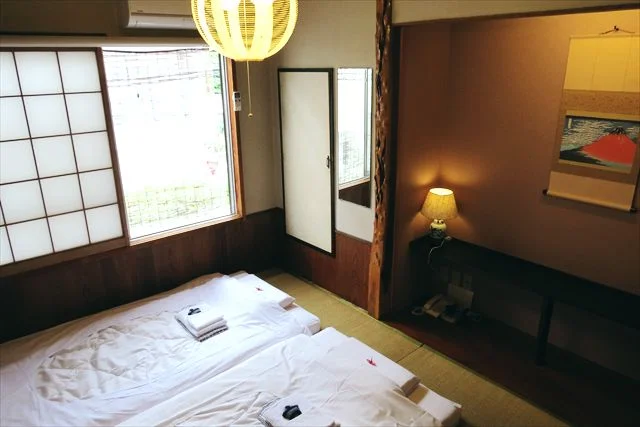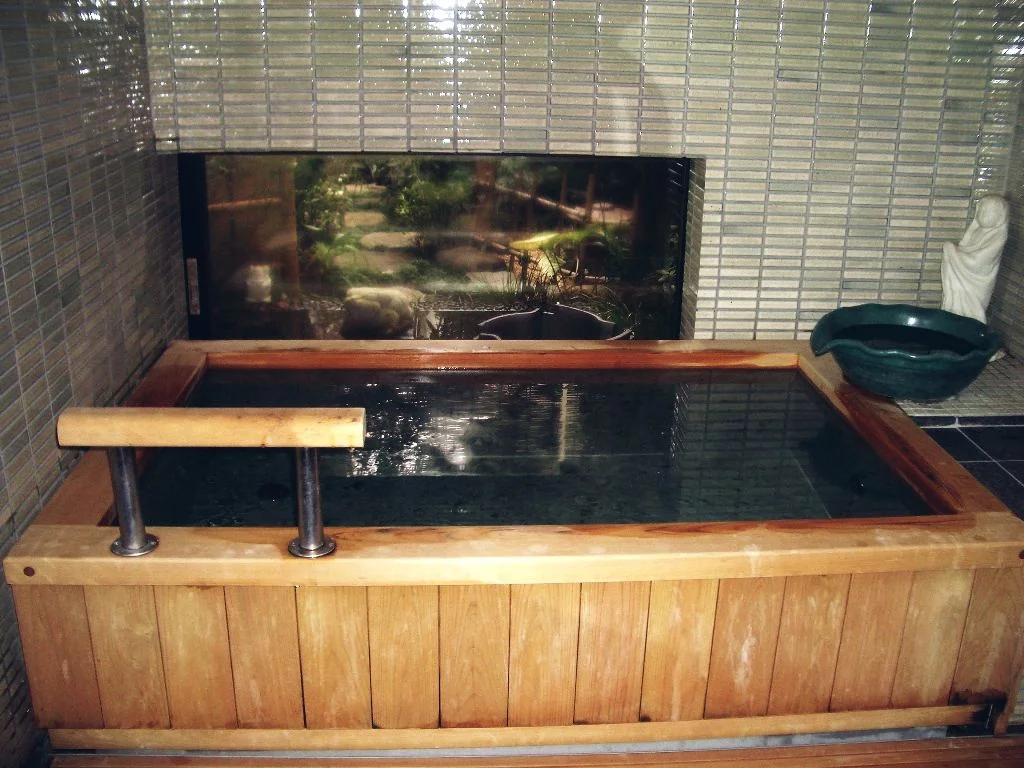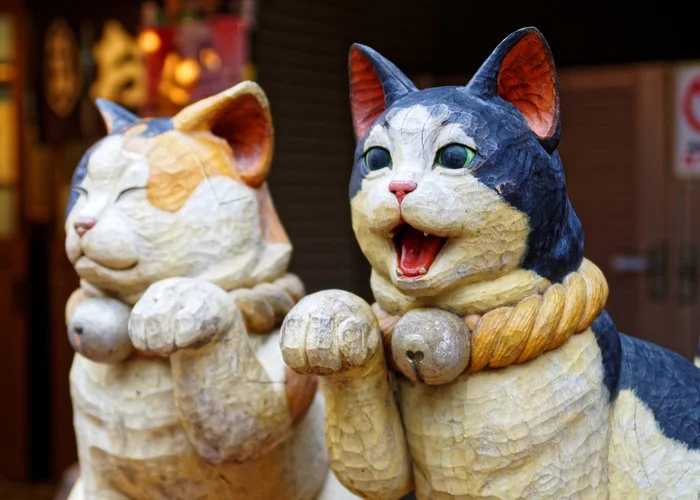The neighborhoods that still retain the feeling of old Tokyo are ever dwindling. Many buildings were destroyed during WWII, and commercial development is little by little absorbing these areas in the present day, leaving shitamachi (downtown areas) in fewer and fewer numbers. Yanaka, an area within Taito ward, is a favorite shitamachi, with its small coffee houses, pottery shops and other stores full of traditional snacks and knick-knacks. The ever-popular Yanaka Ginza shopping street attracts visitors every weekend, where you’ll see the hilly street packed with high school students, couples and families coming to buy prepared food, traditional Japanese sweets, and stoneware.

And it’s also home to our current feature on Tokyo Tomari, Sawanoya Ryokan. As you’ll read in our interview today, Sawanoya Ryokan was one of the first to actively open its doors to guests from abroad. Since the early 80s, this homey little inn has seen people from all over the world pass through its doors. Though it maintains an affordable price of about 5,000JPY per night per person, Sawanoya Ryokan has worked its way up as one of the most popular ryokans in all of Japan according to Trip Advisor, sitting in the company of much more expensive counterparts. So what sets this ryokan apart from the rest? As we learned from our short interview with Sawanoya Ryokan owner, it’s the devotion to maintaining the family-run feel and the attention to the small details that makes visitors feel truly at home.
Table of Contents
Japan Pocket Wifi Rental
UNLIMTED DATA SIM CARD
Japan Travel Prepaid SIM card
Check out our interview with the owners of the Inn!
Q: Please tell us how Sawanoya Ryokan got its start, and how did it get to be where it is today?
A: The Sawanoya Inn is a second generation family ryokan that first began in 1949, with 8 rooms. At that time, if there were rooms, it was a near guarantee there would be customers to fill them. Soon after we started the inn, we decided to expand to 16 rooms. In those years, it was typical for vocational school trips, government lobby groups, and those visiting on business to make their way to Sawanoya. With the business flourishing and the demand for rooms the highest it had ever been, in 1968 we tore down half the wooden building frame, and replaced it with a 3 floor concrete building that housed 12 rooms to make for a 24 room establishment.
However, in 1970, just around the time the Japan World Exposition in Osaka was ending, the number of visitors began to dwindle. Vocational school trips shifted to commercial accommodation, business trips moved to the lower priced business hotels. To cope with the business being so tight, we converted 10 of the rooms in the older section of the house into apartments, and we decided only family members would operate and manage the remaining 12 rooms in the renovated area. We had to let the head chef, cleaning staff, and other workers all go, but in spite of the cutbacks, we couldn’t even afford to pay the telephone bill.
Around that time, we received some advice from the head of the Yashima Ryokan in Shinjuku. “If you can’t get Japanese visitors, then start advertising to tourists from abroad.’ We were worried about the language barrier, and wondered and if our facilities would be up to par for customers from abroad, but in spring of 1982, after having three continuous days of no customers and feeling quite desperate, we decided to visit the Yashima Ryokan to see how they were faring. In their 12 room establishment only 2 of the rooms had attached bathrooms, the same exact layout at Sawanoya, and yet every room in Yashima was filled. Several of the customers were from overseas.
The owner of Yashima Ryokan spoke to customers in English, but the level of language itself was simple. If that was all it took, we thought that maybe we could try and do the same.
Q: What kind of experience can visitors have at Sawanoya Ryokan? What sets your Inn apart from the rest?

A: Inside the Ryokan itself, all of the rooms are traditional Japanese rooms. Everything from the chairs, to the gentle light that enters the room to the feel of the tatami mats on the feet, is part of the experience. In addition, we have two different types of shared baths, one with a tub made of cypress, known in Japanese as hinoki, and one of porcelain. Private baths are also available, and the view of the garden is really nice.

Depending on the time of year visitors come to Japan, there are traditional holidays to follow each season. In January, decorations are put out for New Year (oshougatsu) in March, there is Girl’s Day, in May there are traditional dolls put out for decoration. And though it’s not performed according to any set schedule, we also have traditional performances of Shishimai, known as Lion Dancing, where dancers assemble under a lion costume, and guests receive playful bites on the hand for good luck in the new year.
Q: Can you give us a few recommendations for places to eat or shop around the area?

A: Close to Sawanoya Ryokan you’ll find several Japanese food options such as soba and yakitori, in addition to many izakaya for drinking. If you’re not in the mood for Japanese, there are several options for other foods such as Italian and French.
Q: Finally, what would you like to to say to travelers to Japan who are thinking about staying at Sawanoya Ryokan?
A: As you visit Japan, we would love to help you experience the traditions the country has to offer. At Sawanoya, you can have a truly sensory experience, enjoying the soft light that enters through Japanese paper doors (shoji) the feeling of tatami mats on bare feet, and of course, the total comfort of slipping into a warm Japanese bath. We hope you’ll come to Sawanoya so we might share these small pleasures with you.
For more information on the Sawanoya Inn, and a charming manga rendition of their founding, check out their official page.
Address: 〒110-0001 Tokyo Taito-Ku Yanaka 2-3-11
E-mail: ryokan@sawanoya.com
Japan Pocket Wifi Rental
UNLIMTED DATA SIM CARD
Japan Travel Prepaid SIM card
